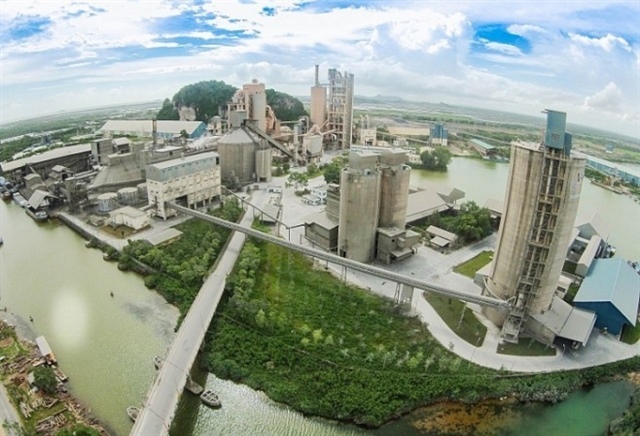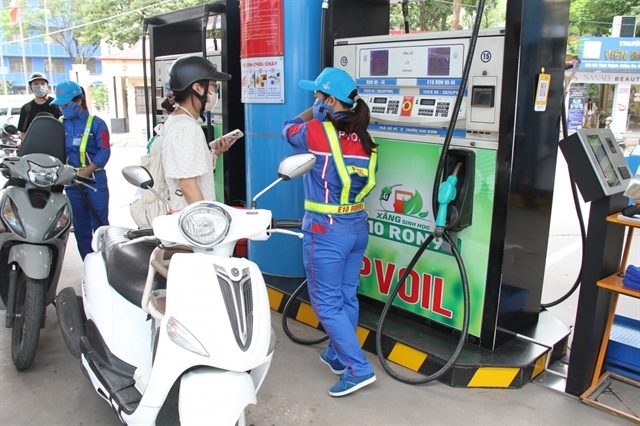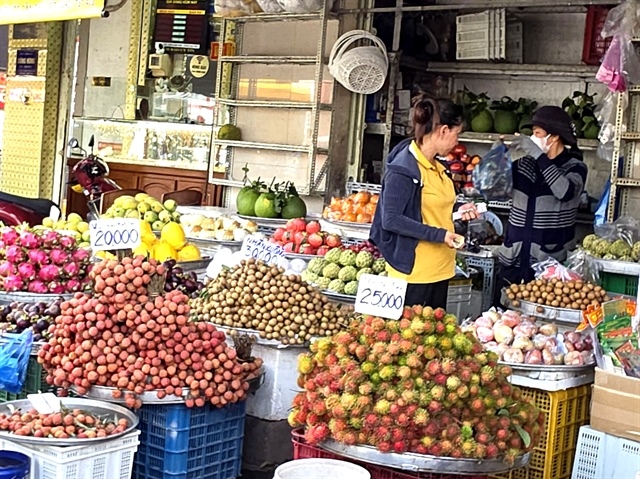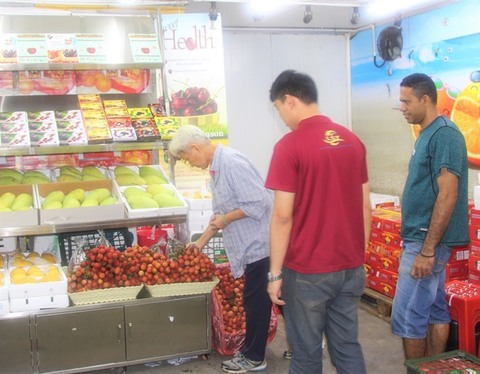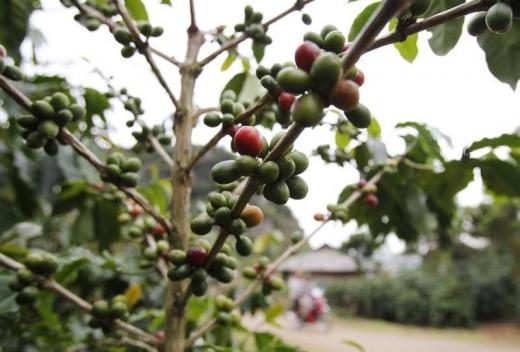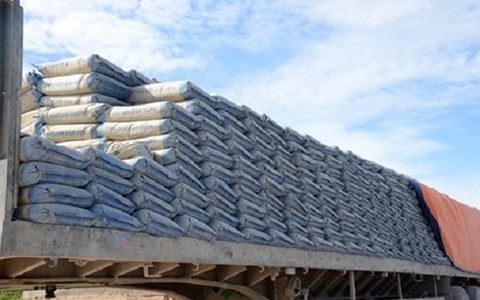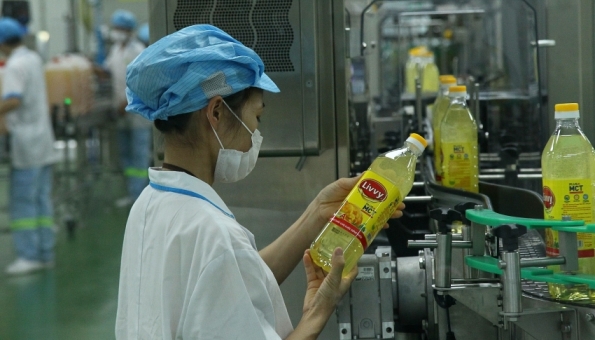Preferential tax rate cannot control car prices
Preferential tax rate cannot control car prices
Despite the 0 per cent preferential tax rate, the price of CBU cars imported from ASEAN members keeps increasing, showing that tax rates cannot replace market mechanisms to control automobile prices.

Vietnamese people’s hope to buy imported completely build-up (CBU) cars at reasonable prices in 2018 after the ASEAN Trade in Goods Agreement (ATIGA) have been shattered as some cars exported to Vietnam remain at high prices, with the price tag on some even increasing against the past years.
According to Japan-based Toyota’s latest price sheet, the prices of some models increased significantly against last year. For instance, the price of the Fortuner 2.4G 4x2 model has increased by VND45 million ($1,982).
Dantri.com.vn also quoted Toyota Vietnam as saying that the Japanese car maker upgraded some features on their models, which increased prices.
Similarly, Japanese automobile manufacturer Honda’s CR-V models are priced at about VND1 billion ($44,052) per unit. In fact, the price is largely in line with the average of the segment. Since early this year, Honda has raised the price of the CR-V model twice by VND15 million ($660) per unit.
Honda’s representative explained that these changes were necessitated by Decree No.116/2017/ND-CP, which was promulgated by the government and has come into effect since early this year.
Decree 116 has increased expenses on car imports to Vietnam. On February 22, general secretary of the Association of Indonesian Automotive Kukuh Kumara said that the Vietnamese authority’s inspections of exported vehicles could last for one or two months, during which the rest of the batch also need to stay at the ports and exporters have to pay storage charges.
These price increases have proved that prices depend on market economy dynamics, not preferential tax rates.
With luxury goods (cars still belong in this category in Vietnam), external impacts such as tax rate are not enough to alter prices, as market economy dynamics, specifically the relationship between supply and demand, are the key factor in controlling the price.
As supply is scarce due to Decree 116’s limiting car imports and domestic demand keeps increasing, there is a definite upward pressure on prices.
The number of imported cars in the second half of 2018 is forecasted to increase sharply as a huge number of vehicles are stored at domestic ports to be checked before being imported to the domestic market. However, even once this veritable fleet hits the market, price changes are hard to forecast.


